The Association of Zoos and Aquariums (AZA) today announced that The Maryland Zoo in Baltimore has been recognized with Significant Achievement for the 2015 Edward H. Bean Award for its Project Golden Frog /Proyecto Rana Dorada program.
“This award, which highlights the important work aquariums and zoos are doing to help save species in their own communities as well as in the wild, provides well-deserved national recognition for the leadership of The Maryland Zoo in Baltimore team in conservation science,” said AZA President and CEO Jim Maddy.
The Edward H. Bean Award is a historic award within AZA, established in September 1956, honoring the first director of Chicago’s Brookfield Zoo and one of the founders of AZA. The Edward H. Bean Award recognizes propagation or management programs that contribute to the reproductive success of one or more species and/or subspecies.
“Panamanian golden frogs are among the rarest in the amphibian world, and are revered in their native country as a symbol of good luck. The golden frog likeness is an iconic one that appears all over Panama from its currency to lottery tickets,” said Don Hutchinson, president/CEO of The Maryland Zoo in Baltimore. “While The Maryland Zoo was the first to breed these beautiful animals in captivity, nearly 50 other institutions accredited by the Association of Zoos and Aquariums in the U.S. and Canada currently have golden frogs in their collections and play an important role in the conservation of this remarkable species.”
As the then-emerging amphibian chytrid disease, Batrachochytrium dendrobatidis, (Bd) moved through Costa Rica and into Western Panama, concerned biologists convened to form Project Golden Frog/Proyecto Rana Dorada PGF/PRD in order to save the highly-susceptible species and use it as a flagship for the global amphibian decline. Other factors impacting golden frogs included collecting for the local zoos and hotels as well as the illegal international pet trade [this species was listed on CITES Appendix I in 1975 and listed as Endangered under the USFWS Endangered Species Act in 1976], deforestation and habitat alteration by logging and farming that also led to sedimentation of their pristine waters.
As a precautionary measure against extinction in advance of Bd, golden frogs were legally collected in Panama and sent to AZA-accredited institutions in order to create ex situassurance populations. Prior to collection, PGF/PRD biologists studied golden frog habitat and collected environmental data from these habitats in order to achieve the highest potential of survivability and breeding success once the frogs were in zoo/aquarium collections.
Collaborative partners on the program include: Abilene Zoological Gardens, Albuquerque Biological Park, Audubon Zoo, Aquarium & Rainforest at Moody Gardens, Binder Park Zoo, Blank Park Zoo, Bronx Zoo/Wildlife Conservation Society, Buffalo Zoo, Busch Gardens Tampa, Cape May County Park Zoo, Cheyenne Mountain Zoo, Chicago Zoological Society – Brookfield Zoo, Clyde Peeling’s Reptiland, Columbus Zoo and Aquarium, Como Park Zoo and Conservatory, Dallas Zoo, Denver Zoo, Detroit Zoological Park, Dickerson Park Zoo, Erie Zoo, El Paso Zoo, Elmwood Park Zoo, Fort Worth Zoo, Fresno Chaffee Zoo, Houston Zoo, Jacksonville Zoo and Gardens, Jenkinson’s Aquarium, Kansas City Zoo, Louisville Zoological Garden, Maryland Zoo in Baltimore, Miller Park Zoo, National Aquarium in Baltimore, Nashville Zoo, North Carolina Zoological Park, Oakland Zoo, Oglebay’s Good Zoo, Omaha’s Henry Doorly Zoo, Peoria Zoo, Philadelphia Zoo, Riverbanks Zoo & Garden, Rosamond-Gifford Zoo at Burnet Park, Saint Louis Zoo, San Antonio Zoological Gardens & Aquarium, San Diego Zoo, Sedgwick County Zoo, Seneca Park Zoo, Shedd Aquarium, Smithsonian National Zoological Park, Staten Island Zoo, Tampa’s Lowry Park Zoo, Toledo Zoological Gardens, Toronto Zoo, Vancouver Aquarium Marine Science Centre, Walter D. Stone Zoo Memorial Zoo, Zoo Atlanta, and Zoo Miami.

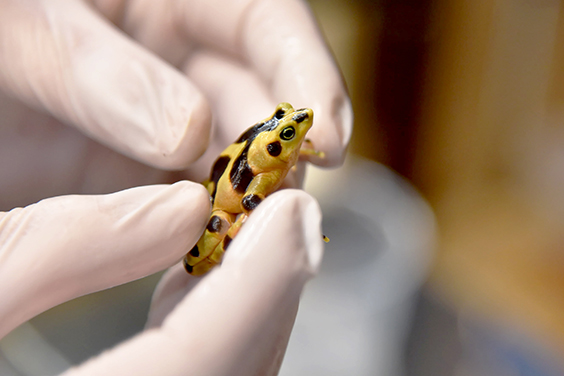
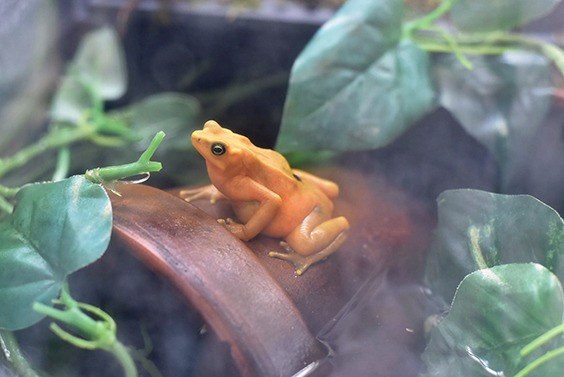
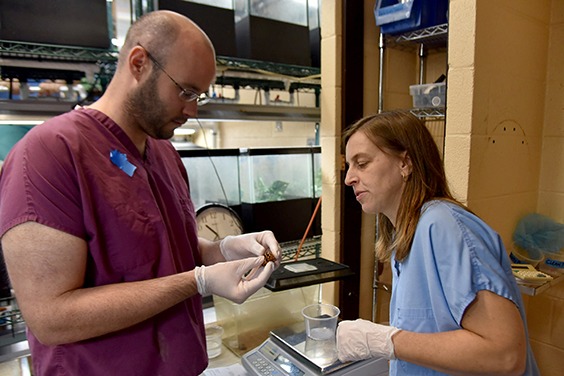
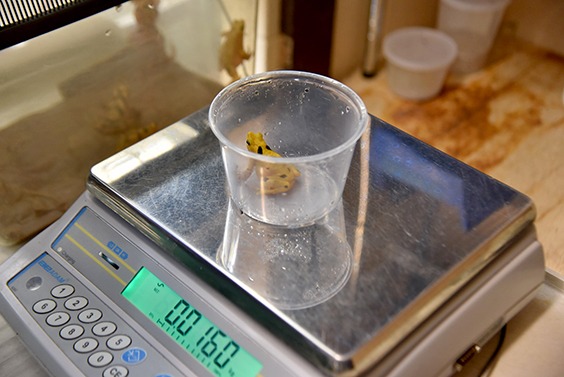
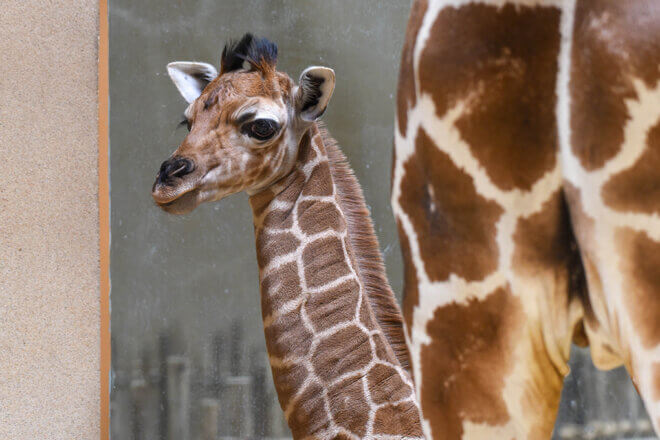
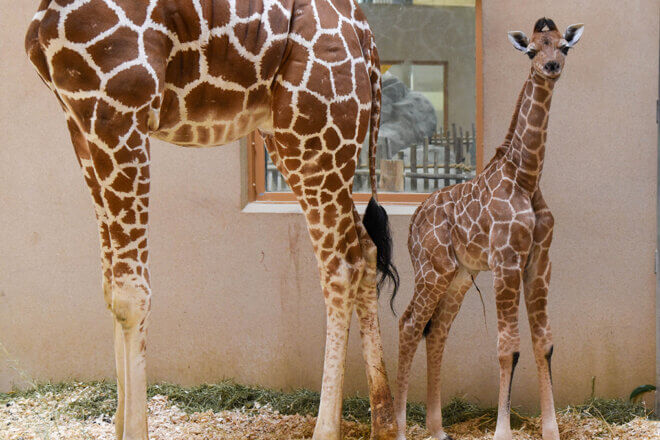
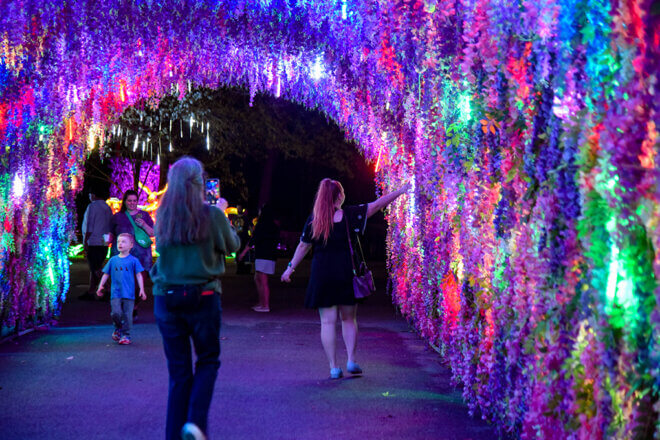
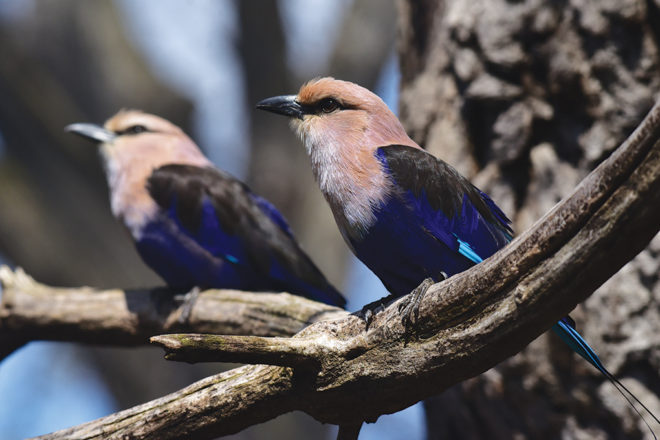
Share this article